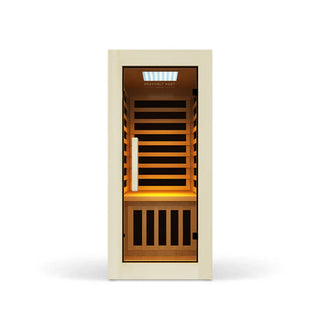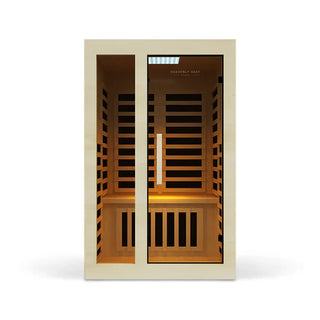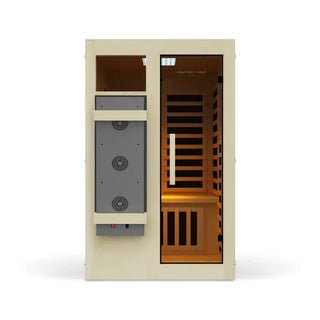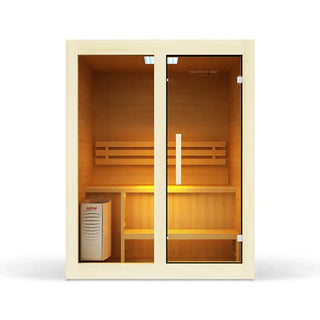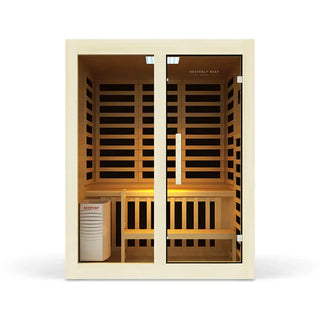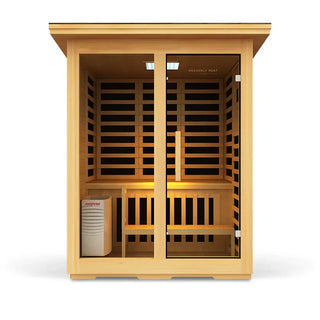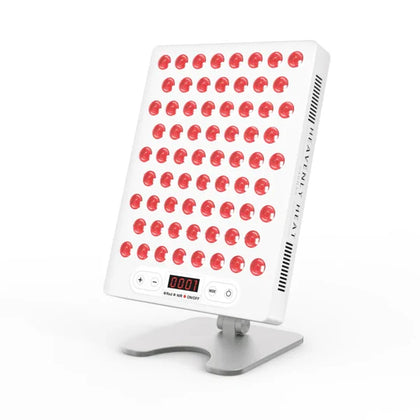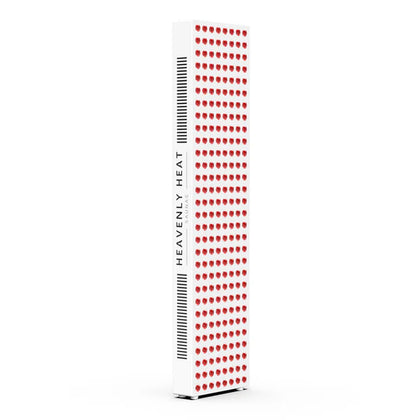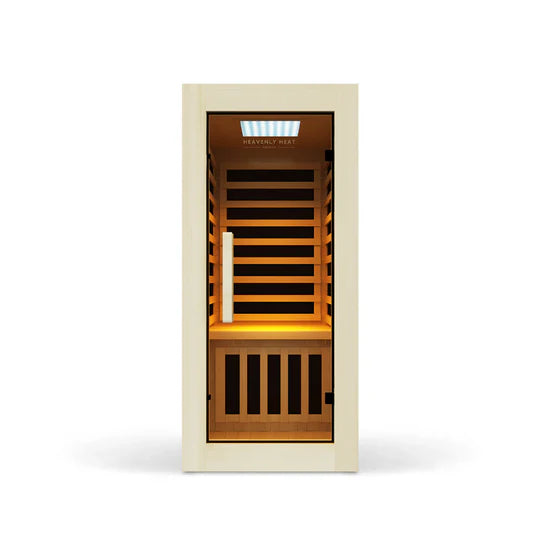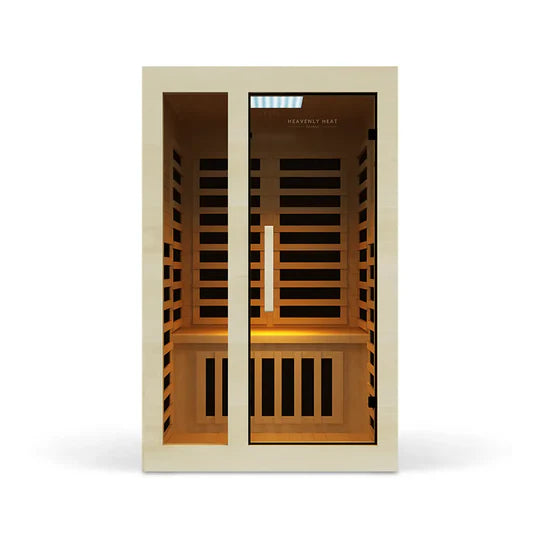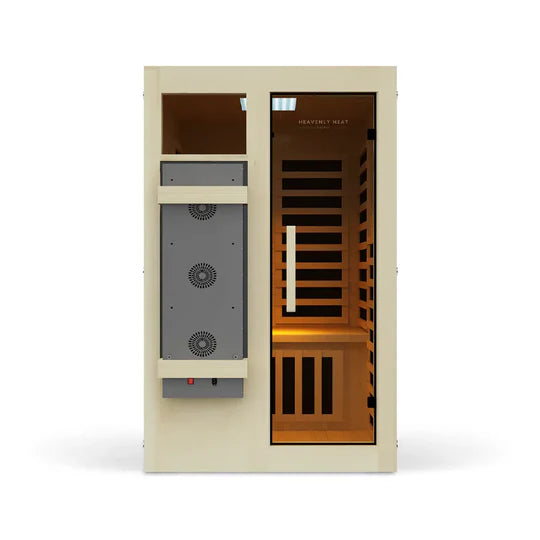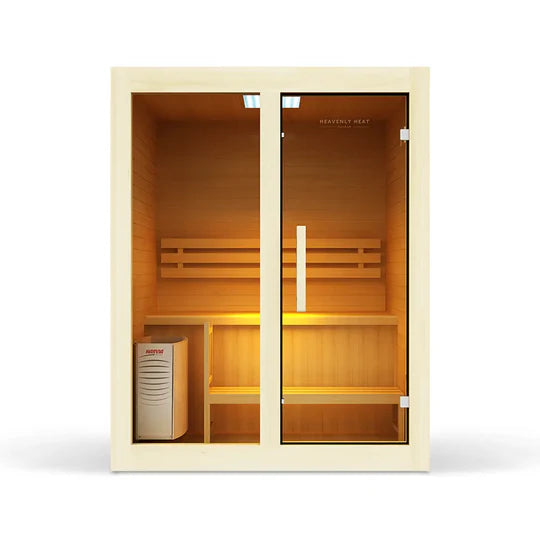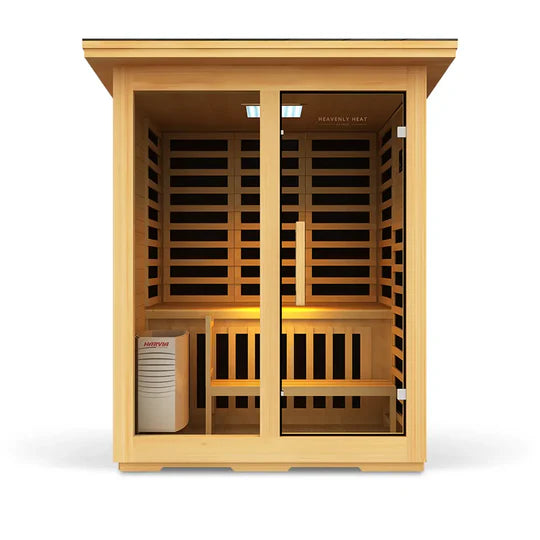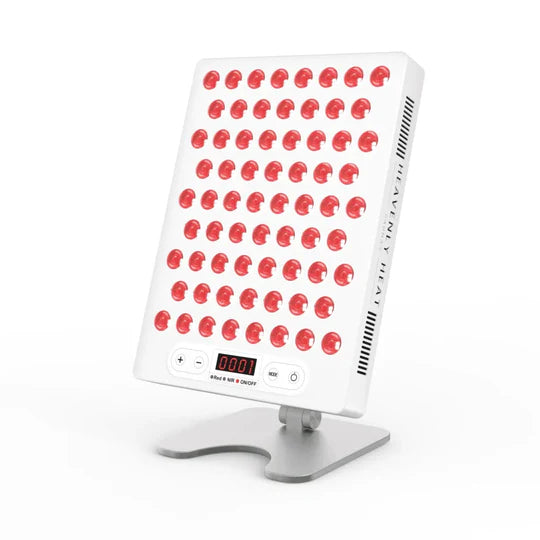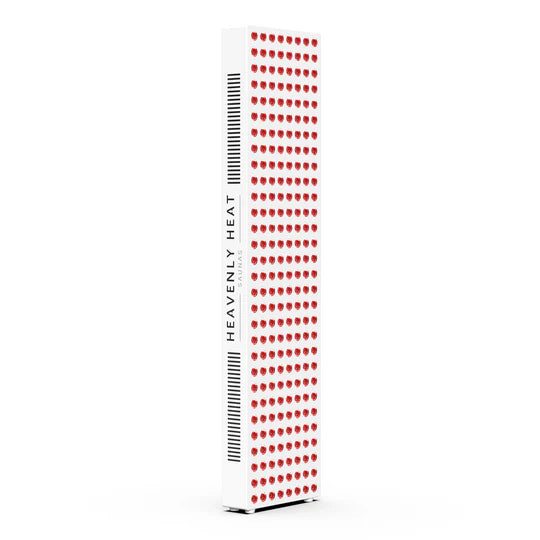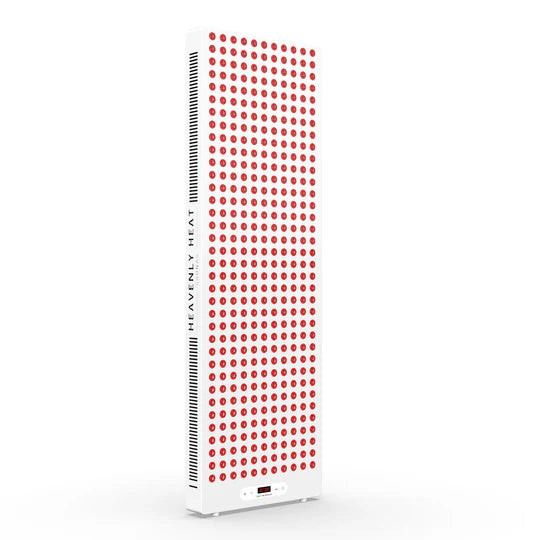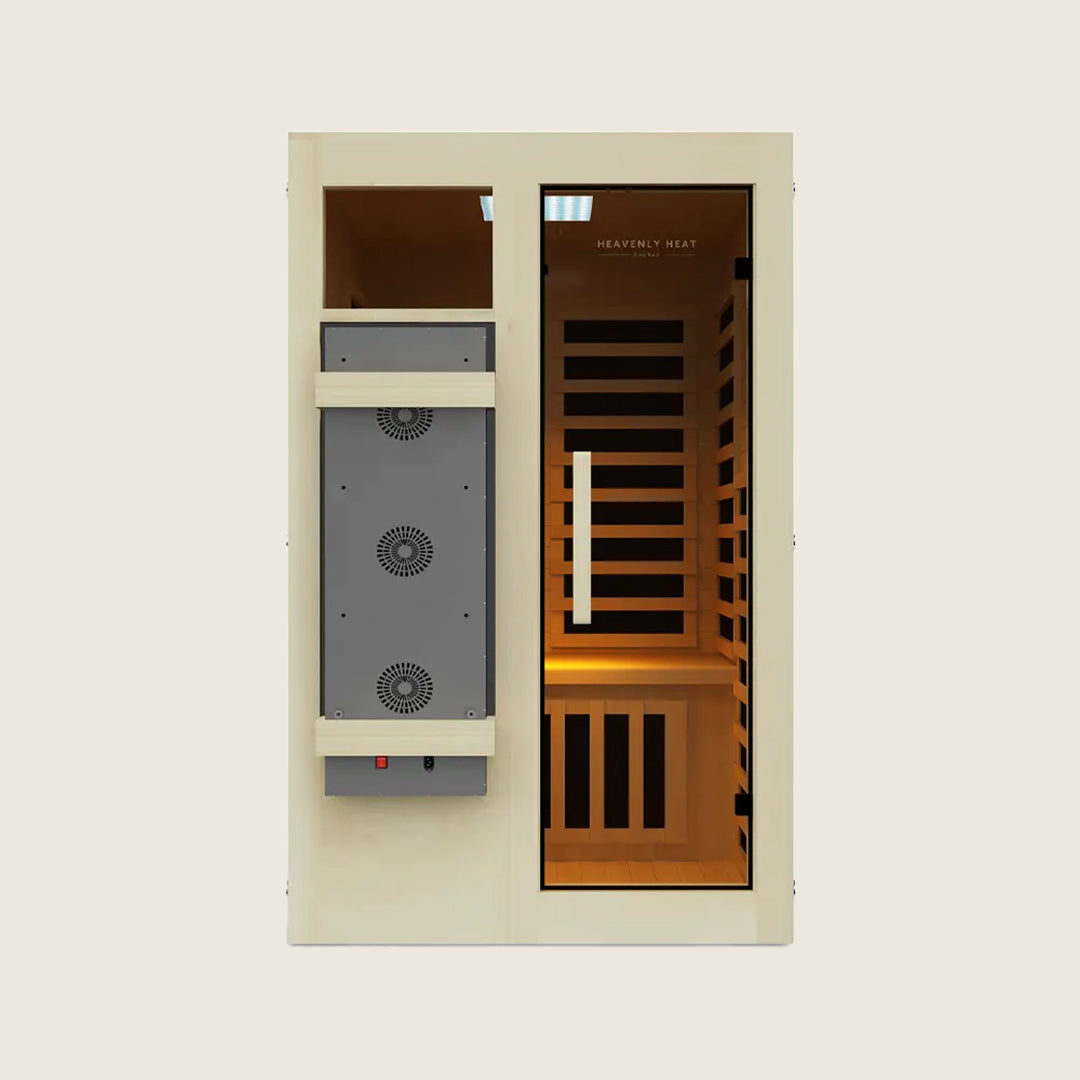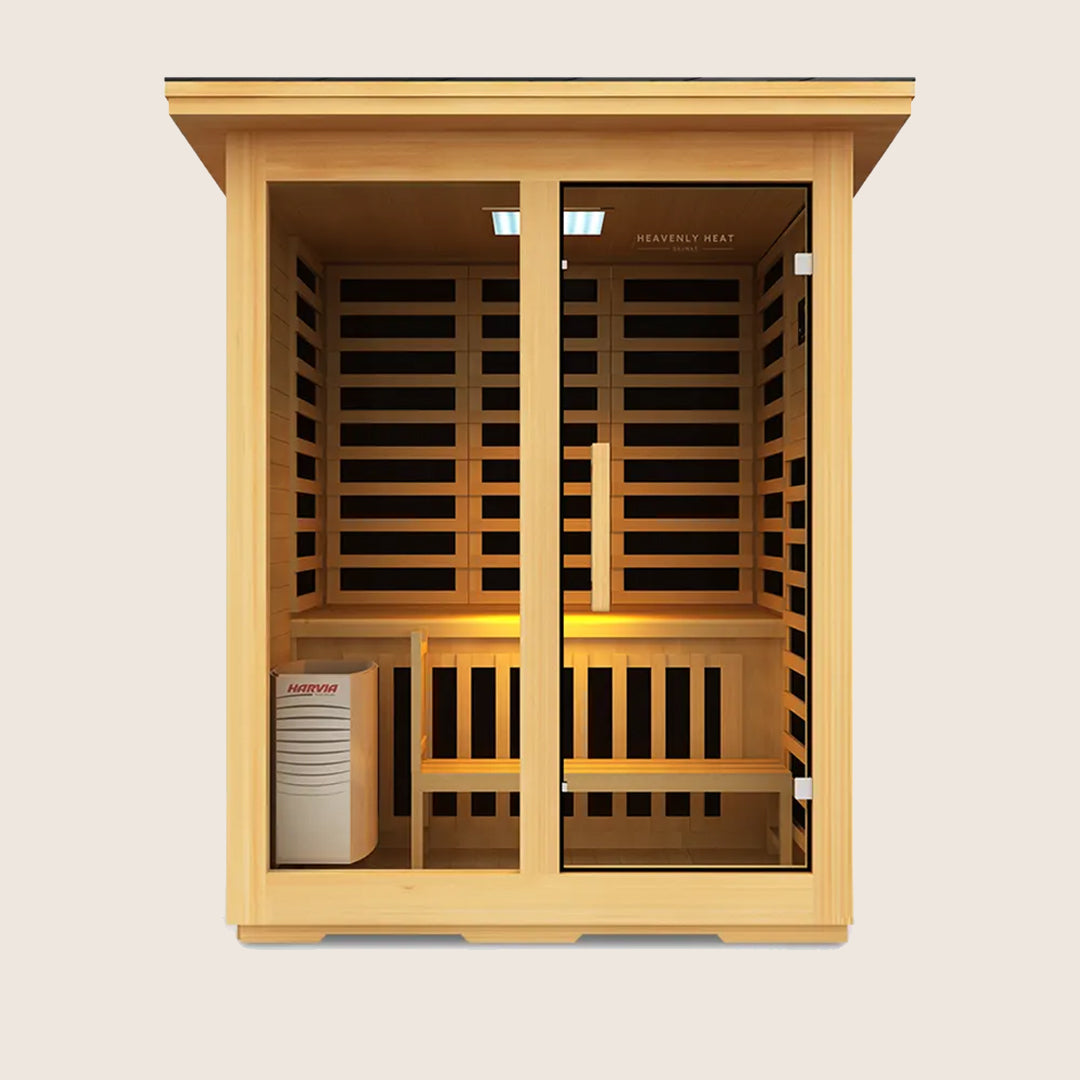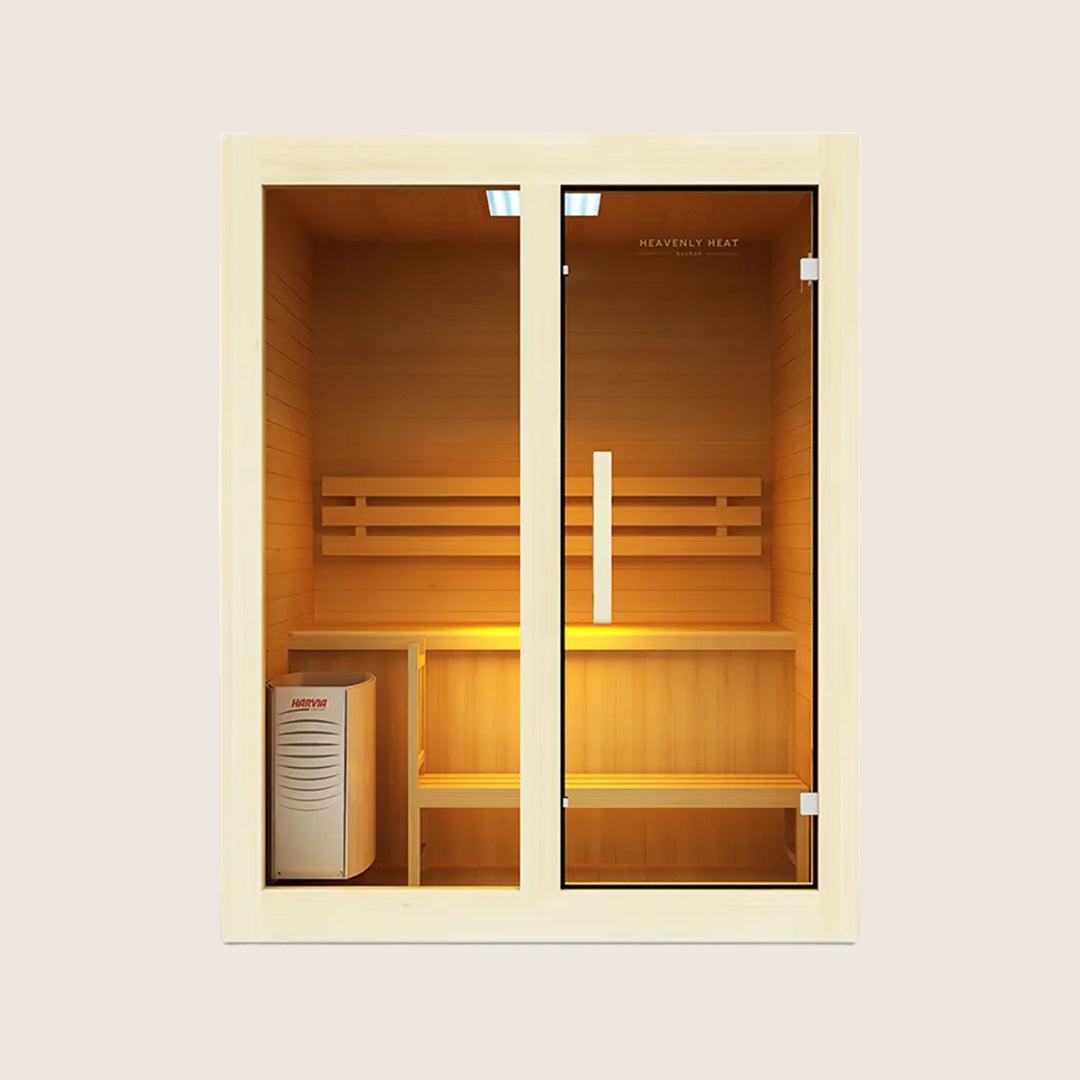Ways Cold Plunge Helps Relieve Migraines

Migraines don’t just hurt, they stop life in its tracks. The pounding head, light sensitivity, and nausea make even simple tasks unbearable.
What if a simple cold plunge could dial that down? This article explores how cold therapy helps constrict blood vessels, ease nerve pain, and reduce swelling, giving you a fast, drug-free way to fight back.
Key Takeaways
-
Reduce Inflammation Naturally: Cold plunges help calm swelling in the brain linked to migraines.
-
Numb the Pain Fast: Icy water exposure dulls pain signals for lasting relief.
-
Calm Your Nervous System: Cold shock activates relaxation and reduces migraine-triggering stress.
-
Ease Attacks On the Spot: Cold plunges can quickly lower migraine pain during an episode.
-
Sleep Deeper, Migraine Less: Cold exposure improves sleep, helping prevent future migraines.
What is Migraine?
According to the Cleveland Clinic, a migraine is not just a severe headache, it’s a complex neurological condition that causes intense, throbbing, often one-sided head pain that can last for hours or even days.
Migraines are frequently accompanied by nausea, light and sound sensitivity, and vision changes.
While the exact cause remains unclear, research suggests that migraines result from abnormal brain activity involving pain pathways and neurotransmitters.
Primary causes include:
Genetic factors: Migraines often run in families.
Brainstem and trigeminal nerve interaction: May trigger pain sensations.
Chemical imbalances: Particularly involving serotonin, which affects pain regulation.
Calcitonin gene-related peptide (CGRP): Plays a significant role in migraine-related inflammation and pain.
These painful episodes can disrupt everyday life, making it difficult to work, socialize, or even rest. They can lead to missed responsibilities and emotional stress.
Management strategies include identifying and avoiding personal triggers, like stress, sleep disruption, or certain foods and using both prescribed and over-the-counter medications. For those seeking alternatives, practices like yoga, magnesium supplements, and acupuncture may offer relief.
Though migraines can feel overwhelming, many find hope in personalized treatment plans and consistent care. Working closely with a healthcare provider can significantly reduce the frequency and severity of attacks, allowing life to feel manageable again.

The Science Behind Cold Therapy & Migraines
Cold therapy gives quick relief for people who suffer from migraines. It works by cooling the skin and blood vessels, which helps calm down the nerves that cause migraine pain.
This cooling effect also helps with nausea and lowers inflammation, two common migraine symptoms that can make people feel miserable.
In 2022, researchers looked at six different studies with adults who tried cold therapy for migraines.
They tested things like cold-gel caps, cooling wraps with massage, and even devices that cool the inside of the mouth.
People who used these treatments said their migraine pain dropped a lot, some felt better in just 30 minutes.
The pain scale dropped by more than 3 points, which is a big change. Some even felt less nauseous after a day.
The good news? None of the people in the studies reported any serious side effects. The researchers said, “Cold intervention is an effective regimen to reduce migraine pain instantly.”
But they also pointed out that we still need more studies to see how well it works in the long run and whether it helps with nausea and vomiting over time.

Does cold help with migraines?
Yes, cold can help with migraines in several ways. Cold plunges reduce inflammation, numb pain, calm the nervous system, and improve sleep, all of which ease migraine symptoms.
They constrict blood vessels, dull nerve signals, and trigger relaxation, offering fast, drug-free relief.
Studies show cold therapy lowers pain scores and helps prevent future attacks through better rest and stress control.
Ways Cold Plunge Helps Relieve Migraines
Reducing Inflammation and Swelling in the Brain
One powerful way cold plunges may relieve migraines is by reducing inflammation and swelling in the brain.
When your body is exposed to cold, it activates specific physiological responses that help calm chronic inflammation and improve antioxidant defenses, both of which are linked to brain swelling and migraine pain.
According to a 2025 review on Science Direct, cold exposure even stimulates brown fat activity, which can regulate metabolism and reduce oxidative stress.
These anti-inflammatory effects may explain why cold plunges bring relief during intense migraine episodes.
Relief pain
Cold plunges can relieve pain by triggering a natural numbing effect in the body. When exposed to icy water, your nerves become less responsive to pain signals, helping you feel less discomfort.
This numbing effect kicks in quickly and lasts even after you leave the water. One study found that a 20-minute ice bath led to the greatest loss of sensation and lasted the longest compared to 10- or 15-minute plunges.
According to the research, pain peaked at the 1-minute mark but declined sharply afterward, suggesting that staying longer, up to 20 minutes, can maximize pain relief and help soothe conditions like migraines effectively.
Calming the Nervous System Through Temperature Shock
When your body is exposed to cold water, it triggers a temperature shock that helps calm the nervous system, which can ease migraine symptoms.
This rapid cooling activates the parasympathetic response, reducing stress and overactive nerve signals often linked to migraines.
For example, one study using fMRI found that a 5-minute cold plunge reduced distress and nervousness while boosting alertness and inspiration by shifting brain network activity (according to the study).
Effective for Migraines attacked
Cold plunges may help relieve migraines by constricting blood vessels and reducing the inflammation that contributes to headache pain.
The sudden drop in temperature activates the body's natural pain relief response, which can dull the intensity of migraine symptoms.
This is why many migraine sufferers turn to cold therapy during an attack. In fact, a small study published in the Wiley Online Library (2006) looked at 28 migraine patients who used a cold gel cap during two separate attacks.
The study found their pain scores dropped significantly, from an average of 7.89 to 5.54 just 25 minutes after use. This suggests cold therapy can genuinely reduce migraine pain.
Supporting Better Sleep
Getting good sleep plays a big role in keeping migraines away, and cold plunges can really help with that.
When you cool your body down with a full-body cold plunge, it makes it easier to fall into deep, restful sleep.
A study in Frontiers in Sports and Active Living found that people who did full cold water dips slept better, they had more deep sleep, fewer wake-ups, and moved around less during the night.
Better sleep helps your brain rest and recover, which can lower the chances of getting a migraine.


